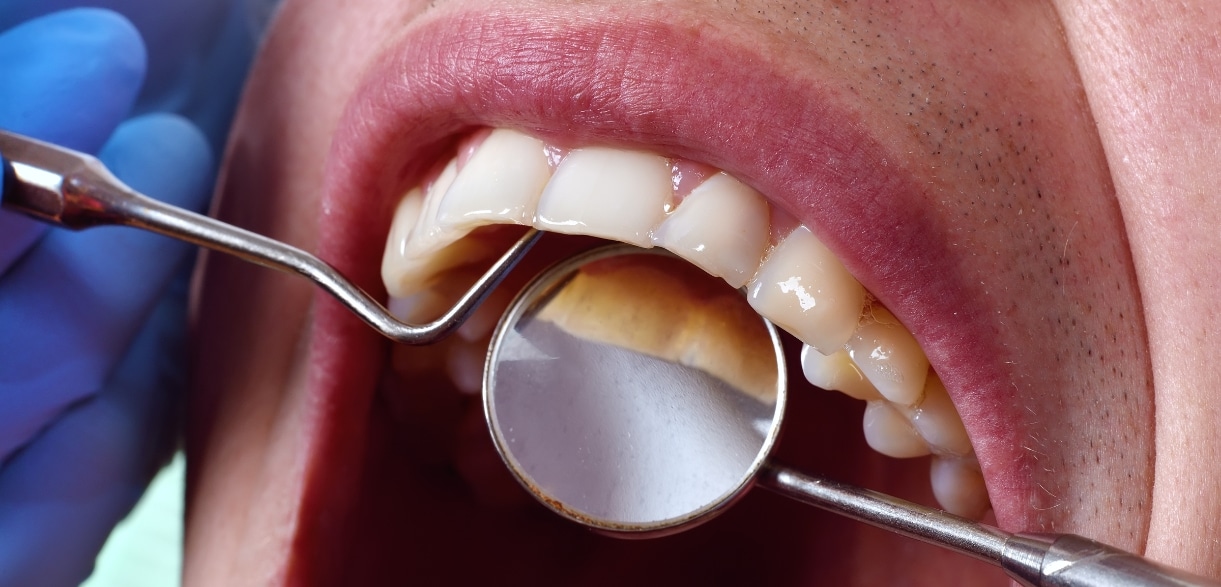
Sensitive teeth are like a nightmare with every coffee or ice water sip. Dental exams aren’t routine. They’re your secret weapon against covert dental problems. You shouldn’t be surprised.
Dental exams have the ability to reveal what’s happening behind that sore twinge. That sudden shock of sensitivity could be something more than “normal.” Over-the-counter remedies might calm symptoms. However, dental exams expose the underlying cause.
What is Tooth Sensitivity?
Tooth sensitivity occurs when dentin, the inner layer of your teeth, becomes exposed. It results in sharp pain in response to cold, heat, sweetness, acidity, or even brushing. Triggers are ice cream, coffee, citrus, or inhaling cold air.
Dental exams help determine whether sensitivity is temporary or an ongoing issue. Temporary sensitivity may result from whitening or a recent filling. Chronic sensitivity can suggest underlying deeper dental problems that require professional care.
A dentist can identify whether it’s a slight irritation or something serious. Dental exams Miami Gardens provide insight into the kind and origin of tooth pain.
Common Reasons for Tooth Sensitivity
- Worn-out enamel is common, often resulting from harsh brushing or acidic food. When the enamel gets thinner, the dentin gets exposed. This causes pain.
- Tooth cavities or uncured cavities may extend to the nerve and cause sharp pain.
- Gum recession exposes the roots of the teeth and makes them extremely sensitive to temperature changes.
- Cracks, chips, or broken teeth may cause sudden, pinpoint pain.
- Old or broken fillings and dental restorations can also lead to sensitivity.
- Bruxism, grinding teeth, grinds away enamel and puts a strain on nerves.
- Acid erosion by GERD, soda, or citrus can gradually dissolve enamel.
Dental exams determine which of these perpetrators is causing your symptoms. A dentist employs facts, not hypotheses, to correct what’s damaging your smile.
The Role of a Dental Exam
Dental exams start with a thorough description of your habits and symptoms. Then, your dentist performs a visual examination to determine whether enamel loss or gum disease is present.
Probing instruments evaluate recession, and X-rays identify internal decay or cracks. Bite tests help reveal bruxism or jaw alignment issues. Dentists may apply air or cold sensitivity testing.
Dental exams synthesize all results to provide a definitive diagnosis and treatment plan. Early detection is crucial. This is because what may feel like minor discomfort may be an early warning sign.
Regular dental exams every six months significantly prevent minor problems from becoming painful ones. These visits also enable your dentist to monitor changes over time.
Dental exams are the key to proactive, preventive dental care before things get out of hand. If you leave problems like sensitive teeth untended, it can cause infection or expensive treatments. Early action with oral exams results in less discomfort and fewer surprises.
What Do Dentists Look For During the Exam?
During these procedures, your dentist examines for enamel wear, particularly on chewing surfaces. They also examine dental restorations—crowns, fillings, and bridges—for cracks or fit. In addition, they scrutinize exposed root surfaces due to gum recession.
They also examine your gums for signs of inflammation, bleeding, or periodontal disease. Moreover, they check bite alignment for grinding or clenching wear due to stress. Dental exams also show evidence of acid erosion or diet damage.
All these signs lead your dentist to a proper diagnosis and treatment. With accurate information, oral exams can lead to long-term relief and healthier teeth.
Trust our dentists with professional diagnoses and tailored solutions. Don’t delay the symptoms—plan for routine dental exams to get a head start on pain. Prevention begins with knowledge, and knowledge starts with oral exams. Your smile is worth better than speculation—have dental exams to keep it bright and bold.


